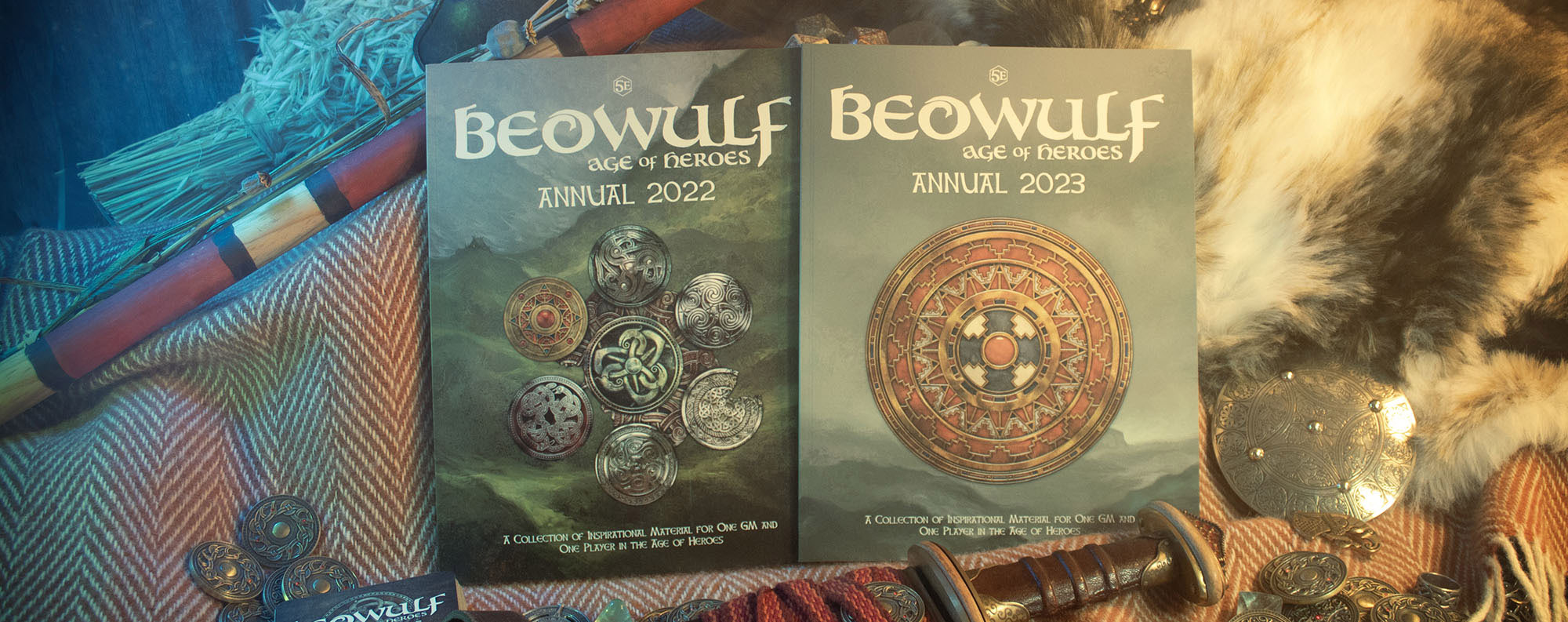The Silver Road is an experimental, minimalist story telling rpg we’re releasing tomorrow, the 24th of May, in both PDF and print. Its a 24-page, full-colour booklet with amazing art by Mike Franchina.

Jon Hodgson: If you’re a games designer (and who isn’t these days?) you’ll know it can be both complicated and interesting to sift through your influences and inspirations.
When I think about where The Silver Road came from, there are a few intriguingly awkward things to talk about in the mix. It’s probably not politic to talk about negatives. But let’s do it.
There are things I see in games which I personally don’t enjoy or think are “not good”, but which have a use in inspiring me to create something different. And I don’t like a mechanic or process I call “advanced coin flips”.
“Advanced coin flips” are where a mechanic adds lots of work to create a very limited result. We’ve all seen it – complicated dice mechanics where maybe you’re throwing a ton of dice which you then have to sort through, and ¾ of them don’t mean anything. For me, sorting through a bunch of dice isn’t all that much fun. I have to do a lot of work to get a result.
Likewise, rolling two dice and subtracting one from another – which manages to remove the intuitive and fun qualities of dice rolls, (“yay a six! Go again!”) and severely limits the outcomes, despite it being a lot of work for players.
Now sometimes, he says hedging his bets, this kind of mechanic is fun – when placed in the right context, and of course different people like different things. When we design somethign we have to make harder decisions than perhaps we would when just enjoying a game.
Most often, my thinking is that if you’re better off flipping coins for what amounts to a fifty fifty result? Then flip coins. Flipping multiple coins could make the basis for a really good game. (Ahem)
This kind of thinking was a big part of what inspired the experimental game that is The Silver Road, and all this stuff was floating around my brain while The Silver Road coalesced.
I was looking to remove as much “procedure” as possible, and explore how that changed the focus of play. I should qualify that with the idea that this was a starting point – it wasn’t rigorously adhered to once that ball got rolling. I was more keen to just see where that ball went once it was in motion.
The Silver Road, somewhat precociously and provocatively, does away with the very common, traditional RPG idea of rolling dice when your character is middling at something, and the likely outcome is somewhere broadly around 50/50. (Or 60/40 – I’m talking in very broad terms here)
This is pretty much accepted through most trad games as the meat of most die rolls, and to some degree the meat of “what you spend your time doing”. By comparison, The Silver Road is a mechanical vegan. (That’s a ridiculous sentence but sometimes arising thoughts can’t be denied)

Rather than focus on characters being middling in their abilities, and what happens being determined by die rolls around that middle ground, the Silver Road takes a different, more story-inspired approach. We’re not looking to somehow simulate “real life”. We’re looking to facilitate and inspire the kinds of things we see in stories.
In The Silver Road, your character is either good at things – meaning you will succeed, with a slim possibility of enduring some consequence, – or you’re bad at things, which means you have a very low chance of success and a high chance of consequences occurring.
A protagonist is at worst very likely to attempt something, struggle briefly, and then succeed.
It’s quite a shift of outlook and expectation, and we’ve found it to be a really interesting space to explore if you’re into this kind of thing. It is self consciously different and experimental.
In Silver Road, the content that the mechanics and procedures provide doesn’t come from undertaking a closely-matched probability test, aimed to tell you if your character can do a thing or not.
You’ll know ahead of time with some certainty that your character can do the thing. (With a little glimmer of risk that they can’t do the thing on this turn, but they will succeed on their next turn). Or perhaps that they almost certainly can’t do the thing. (With a similarly rare likelihood that they might fluke it).
The fun comes from describing how they do the thing, and how your fellow players interact, since there’s a high chance they will get an opportunity to add to your narration with a “but…”. (That’s a story for another blog).

The Silver Road Important Game Facts
- 24 pages long (plus cover)
- 21cm x 21cm full colour book (portable, loveable)
- Rules-lite, minimalist story telling game (if you like rules this might not be for you)
- Setting agnostic (bring your own)
- Written by Jon Hodgson
- Art by Mike Franchina
- Layout by Paul Bourne
- Releasing May 24 to preorder with free PDF

